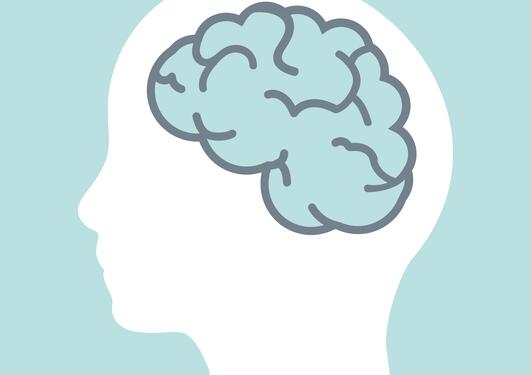
Understanding plasticity and neural circuit dynamics in the brain
Understanding the brain is one of the greatest challenges to science, with brain disorders affecting one in three Europeans during their lifetime
- Clive R. Bramham and Edvard Moser
The human brain is enormously complex, with more than 100 trillion different connections between neurons at tiny junctions called synapses. Neural circuits are made up of genetically distinct neuronal types, with unique structural and functional properties. Communication at synaptic junctions, rather than being hard-wired and fixed, is highly plastic and modifiable.
Experience-dependent synaptic plasticity is critical for shaping neural circuit development and circuit dynamics in information processing, and underpins the enormous capacity of the brain for learning and memory. To understand processes such as perception, cognition, learning and memory, and the associated loss of cognitive abilities in Alzheimer’s disease and aging, we must be able to selectively label and manipulate specific cell types within specific circuits that mediate the behavior.

The overriding objective is to identify core principles of plasticity and neural circuit dynamics in the brain, building on our knowledge of the entorhinal-hippocampal circuit and retina

